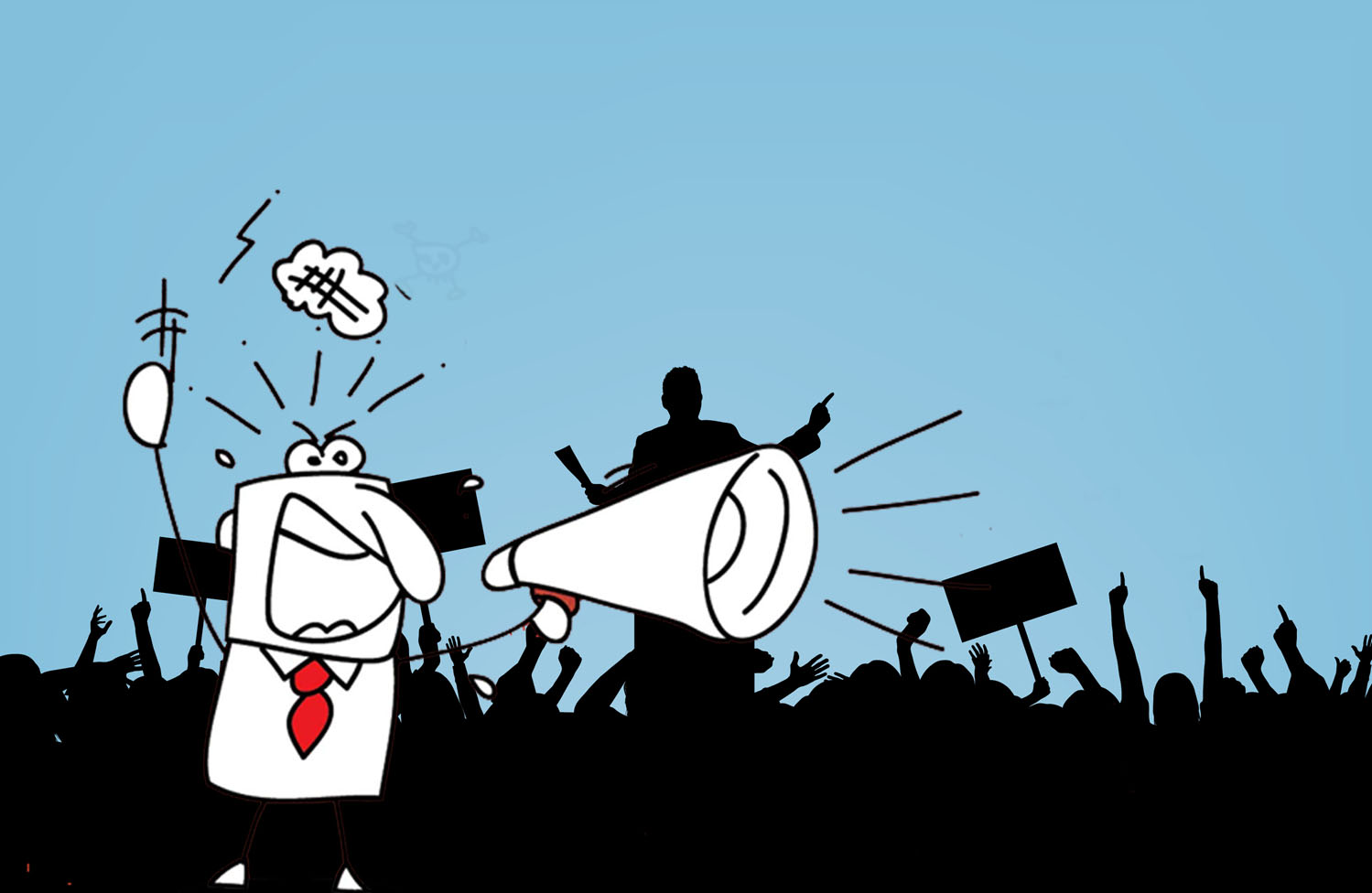Anger has a peculiar substance in democracies. If used responsibly, the right type of leader can inspire change. It evokes emotion, causing us to forget whatever else we were concerned with. Though few will admit it, we crave emotional extremes; happiness, sadness, and anger. These displays of emotion remind us that were human and allow us to tap into a sacred space of vulnerability. Anger is motivation to make a difference in the face of something, or someone, truly frustrating. But we’ve taken it too far, and we’re blinded with rage.
When Donald Trump was elected to the presidency in 2016, left-leaning Americans were enraged with fury akin to being cut off after a 10-hour day at work with a Cliff bar for lunch, and nothing good on the radio. People felt cheated, let down, and damaged, but more importantly, people were angry. Liberals were angry that Trump had become president, and right-wing conservatives were furious that the left was such a sore loser. In the years since his inauguration, political outrage has become our new normal, with each event only heightening emotion and upset. Somewhere along this journey, we’ve forgotten how to listen to one another, how to open dialogue in times of disagreement.”
“We live in terror because dialogue is no longer possible, because man has surrendered entirely to history, because he can no longer find that part of himself, every bit as real as history, that sees beauty in the world and in human faces. We live in a world of abstractions, bureaucracies and machines, absolute ideas, and crude messianism. We suffocate among people who think they are right in their machines as well as their ideas. For those who can live only with dialogue, only with the friendship of men, this silence means the end of the world.”
–Albert Camus
We often associate modern technology with completing revolutionizing how information is shared but rarely do we consider the negative impacts these devices have had on purporting anger in political discourse. If you’ve used any number of social media platforms which include a comment section for its users, then you’ve seen the toxic bile that certain people share under the guise of offering one’s opinion.
In October 2018, a man armed with hate and a loaded AR-15 assault rifle opened fire inside a Pittsburgh synagogue, killing 11 congregants and wounding four police officers, according to authorities present at the time. In one of the deadliest attacks against the Jewish community in the history of the United States, Robert Bowers took his first amendment rights past the point of no return and infringed on the innocent lives of the members of Tree of Life synagogue in Pittsburgh, PA.
Immediately following the attack, several media outlets expressed their immense sadness at this acts. Despite the horrific nature of these events, commenters would say things like, “eleven is a good start,” and other disgusting words. In the name of respect to those who were killed, I won’t share the platforms where these comments were written, but its clear that anger and hatred never fuel anything productive. Now it is shaping our current political climate.
We’ve seen anger-fueled tweets sent out by President Donald Trump when Congress refused to grant him funding for construction of a wall along the US-Mexico border. We’ve witnessed anger among members of the Democratic Party towards their own kind, Speaker Nancy Pelosi, who was pressured into vacating her seat following the culmination of her current term.
Everywhere we look, fury and rage are emboldening individuals to take action. But it’s important to be clear: activism and acts of hatred/violence are diametrically different. When implemented properly, anger can be a motivator for change. But if it’s used in an effort to hurt, put down, or slander, it creates the current political scenario we’re currently living in.





